This course takes an in-depth look at the worsted top-making process, its aims, the processes and equipment involved, and the factors affecting the final top characteristics and quality.
It is easier to appreciate and understand the subsequent processing of worsted top, and the performance of the resulting knitted and woven wool products, if you understand the factors involved in early-stage worsted processing.
This course also explores the role of the top-maker and discusses key considerations during worsted top-making, including how the properties of the raw wool fibre impact on the final top characteristics. It also investigates the implications of the structure, physics and chemistry of the fibre on quality assurance during the top-making process and top treatment.
By the end of this course, you should be able to:
- describe in detail the key fibre properties important in top-making
- describe the role of the top-maker
- describe the operations that make up ‘early-stage processing’
- describe the aims, functions and the operation of the machines used for converting scoured wool to top (carding, gilling, combing)
- outline the reasons for the sequence of operations used during top-making
- describe the components of cards, gills and combs and their function
- outline some of the latest developments in worsted carding
- describe the effect of processing conditions on top-making
- describe the quality attributes of the output material (top) and the role of quality assurance in the top-making process
- outline some of chemical treatments conducted on top.
- Introduction
- Role of the top-maker
- Early-stage processes in top-making
- Worsted carding
- Drafting and gilling
- Combing
- Predicting top from raw wool properties (TEAM)
- Quality assurance of wool top
- Treatment of top
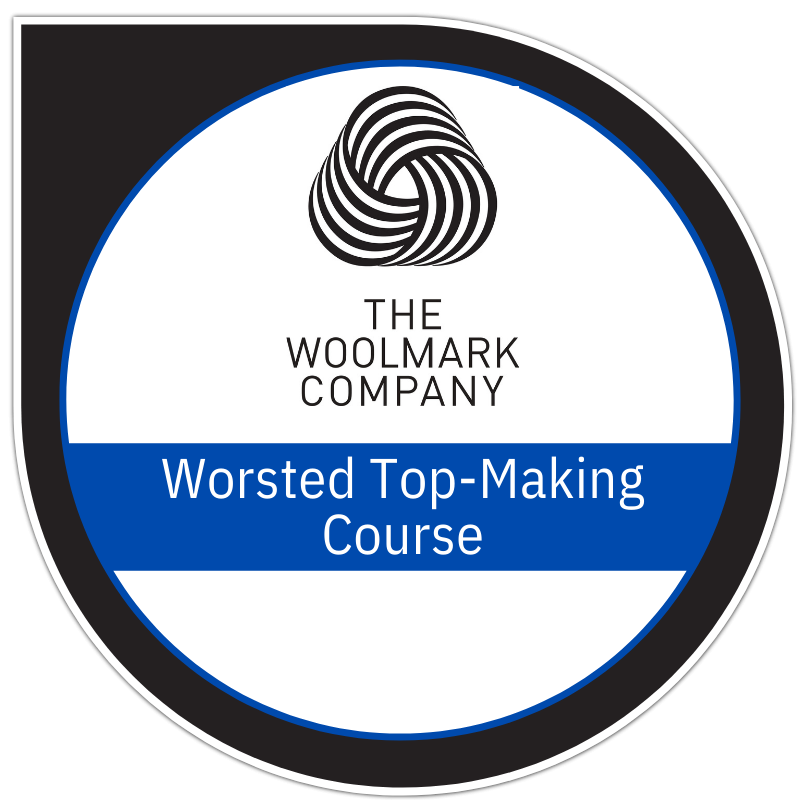
Học phần: 8
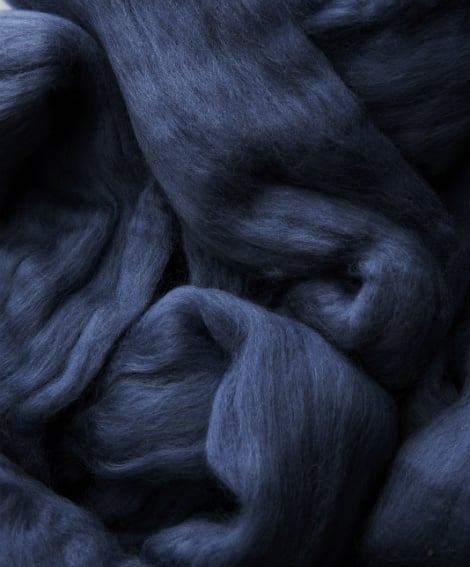
This module reviews the participants’ knowledge about the properties of the wool fibre and introduce the role of the top-maker. It describes in detail the key raw fibre properties important during top-making and names and describes the key properties to specify raw wool for top-making. It also names and describes the key specifications of top, together with the role and aims of the top-maker.
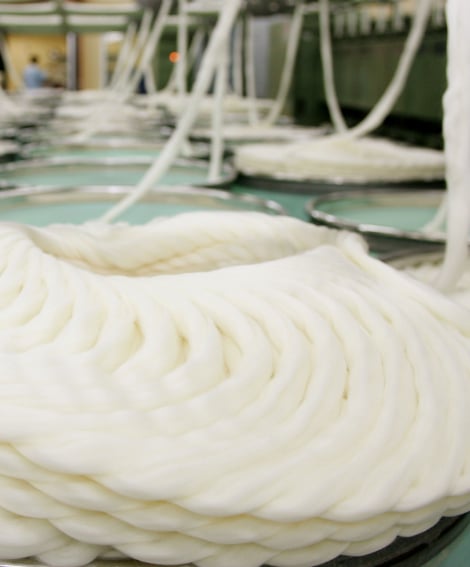
This module reviews participants’ knowledge about the wool fibre and the early-stage processes that occur before the operations of carding, gilling and combing. It also describes the operations that make up the ‘early-stage processes’ in top-making before explaining the aims of blending and scouring and their impact on the final top.
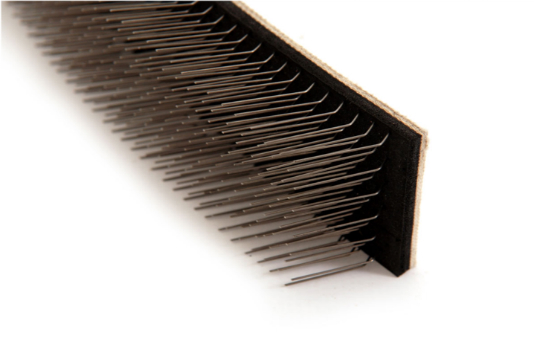
This module covers the process of carding in the context of worsted top-making. It explores the equipment used in the carding process, the impact of the raw fibre properties on the carding process and the form and quality attributes of the fibre following carding. Some of the latest developments in carding technology are also covered.
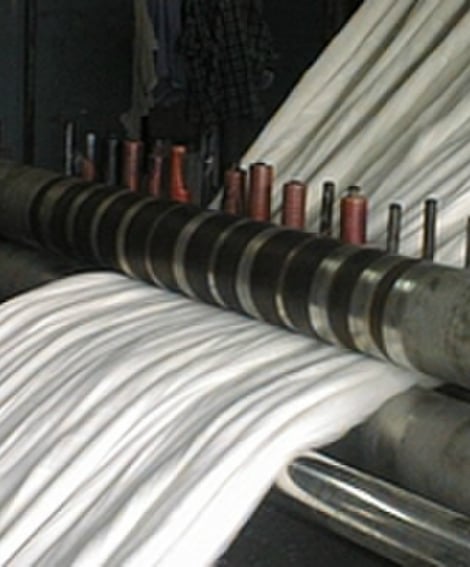
This module covers the aims and practice of gilling operations and the theory and mechanics of drafting wool in sliver form. It looks at the types of gilling operations and the mechanics of gilling using rollers and faller bars. It also investigates the the issues associated with gilling, both before combing and re-combing (preparer gilling) and after combing (finisher gilling).
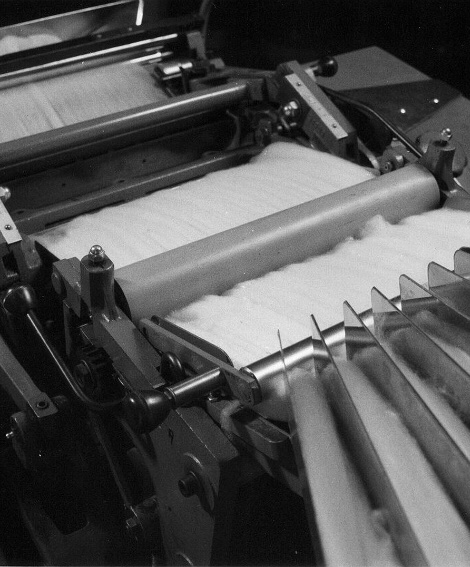
This module covers the aims of combing and the factors that affect the combing operation. It explains the important settings and maintenance issues to ensure high-quality combing including pinning of the combs, fibre loading and combing speed. It also looks at the aims of finisher gilling.
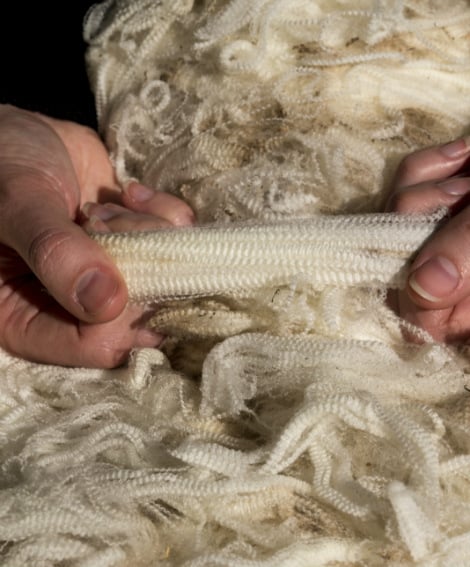
This module covers the principles of predicting top properties from raw wool measurements, the TEAM equations and their application and the boundaries and understandings required when applying the formulae. It also explores the influence of some fibre properties on hauteur and romaine predictions.
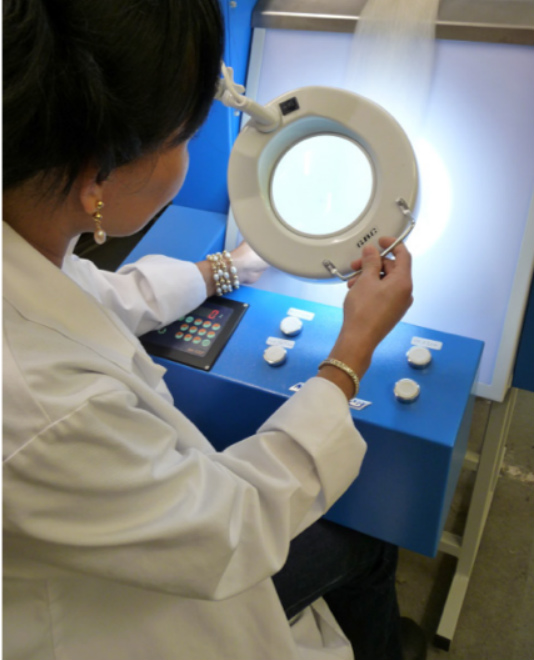
This module covers the key features that define top quality, and explains how these features can be monitored, measured and managed. It outlines the rationale for sampling and testing, together with the key features of a quality assurance program for top.
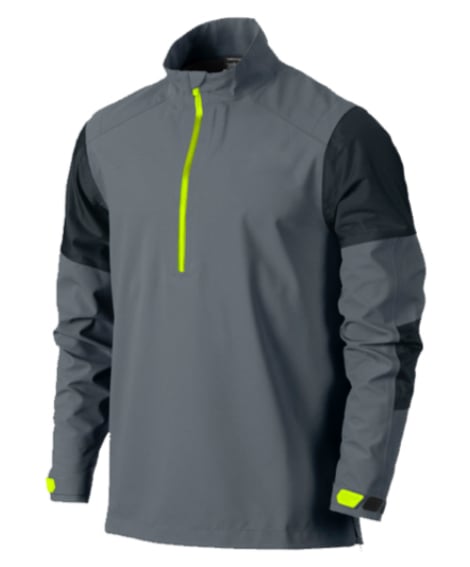
This module describes the common treatments used on top to improve processing, impart colour and functional properties and the methods used to impart these properties. It also explores the impact on the subsequent processing of wool and the procedures adopted to maximise subsequent spinning efficiency.
